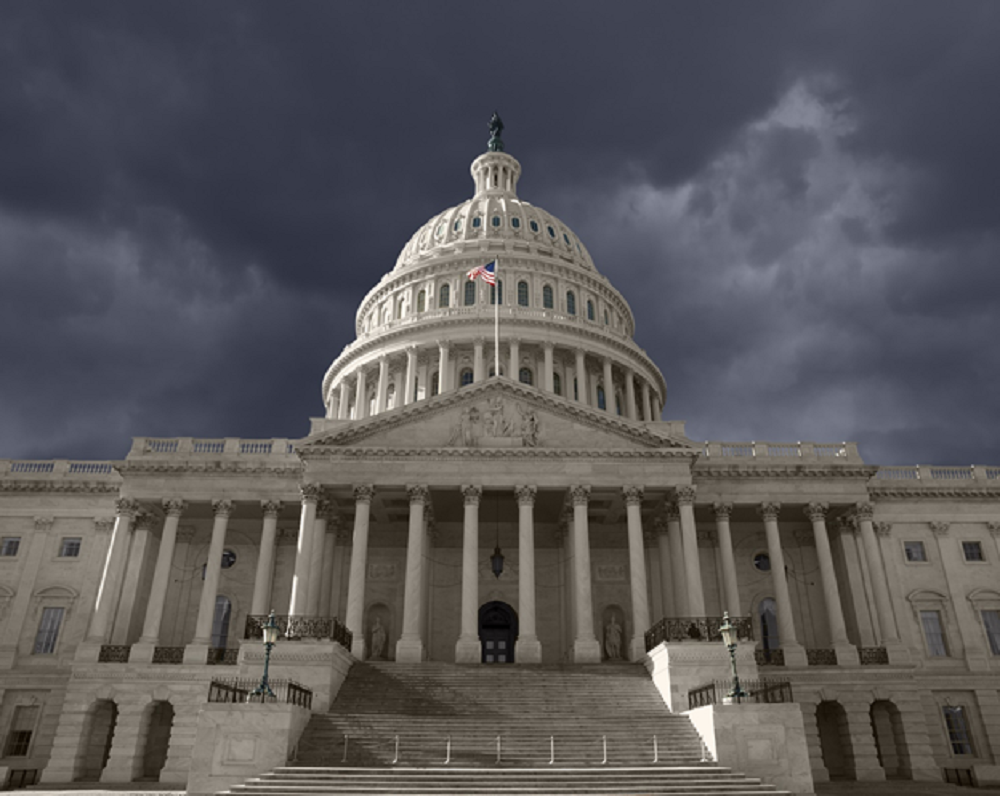Earlier this week, President Trump released his latest budget proposal. And like all recent presidents have stated, Trump believes that his budget would promote spending cuts and deficit reduction.
And as the opposition in Congress always says when a budget is presented, the spending cuts are in the wrong place, and the deficit reduction depends on pie-in-the-sky assumptions.
As always, the truth probably lies somewhere in the middle.
But before we dive in, we have to take a brief dive into the national budget history – going back to 1969.
Since then, there has been a year-end budget surplus only five times.
According to Congressional Budget Office data, the budget has been in surplus only in 1969 and in the four years from 1998 to 2001. Surprisingly to some, that four-year run of surplus came under the Clinton administration.
So with this ideal scenario so rare, what exactly is the Trump budget promising?
Russell Vought, the acting director of the White House’s Office of Management and Budget, stated, “We believe we can make a big dent and get back in the realm of fiscal responsibility.”
“The aim is to balance the budget in 15 years,” Vought continued.
The budget calls for $4.4 trillion in spending cuts and sees the deficit going below $1 trillion at the end of 2021. It would fall to $200 billion after 10 years and be balanced five years after that.
The main driver of the deficit reduction, according to Vought, is 3% gross domestic product (GDP) growth over the next 10 years.
It is certainly possible to hit this target, but for Fed watchers like me , it is way above any projections on GDP growth released in December.
The hot point in the budget for Democratic critics is that the administration is making room for another tax cut in the president’s second term to the tune of $1.4 trillion.
Speaker of the House Nancy Pelosi said that the Trump budget plan shows how “little he values the good health, financial security and well-being of hard-working American families.”
The Congressional Budget Office also disagrees with the administration’s projections, seeing at least $1 trillion deficits in the future.
But an interesting comment made by Vice President Mike Pence in a CNBC interview last Friday offers a glimpse into the president’s rationale. Pence suggested that the debt and deficits are not the administration’s primary focus.
“The president came into office and he said, ‘First and foremost, we have to restore growth. That’s how we will deal with the long-term fiscal challenges facing our country.’”
He may have a point. The four-year run of budget surplus 20 years ago coincided with the tail end of the dot-com boom.
But ultimately, the growth (for various reasons) was a mirage, and the boom was followed by a bust.
Perhaps that’s why investors are surprised that President Clinton had four years of budgetary surplus – because his legacy was the dot-com bust. And perhaps the incumbent president wants to be remembered for something more lasting.
Good investing,
Rob
